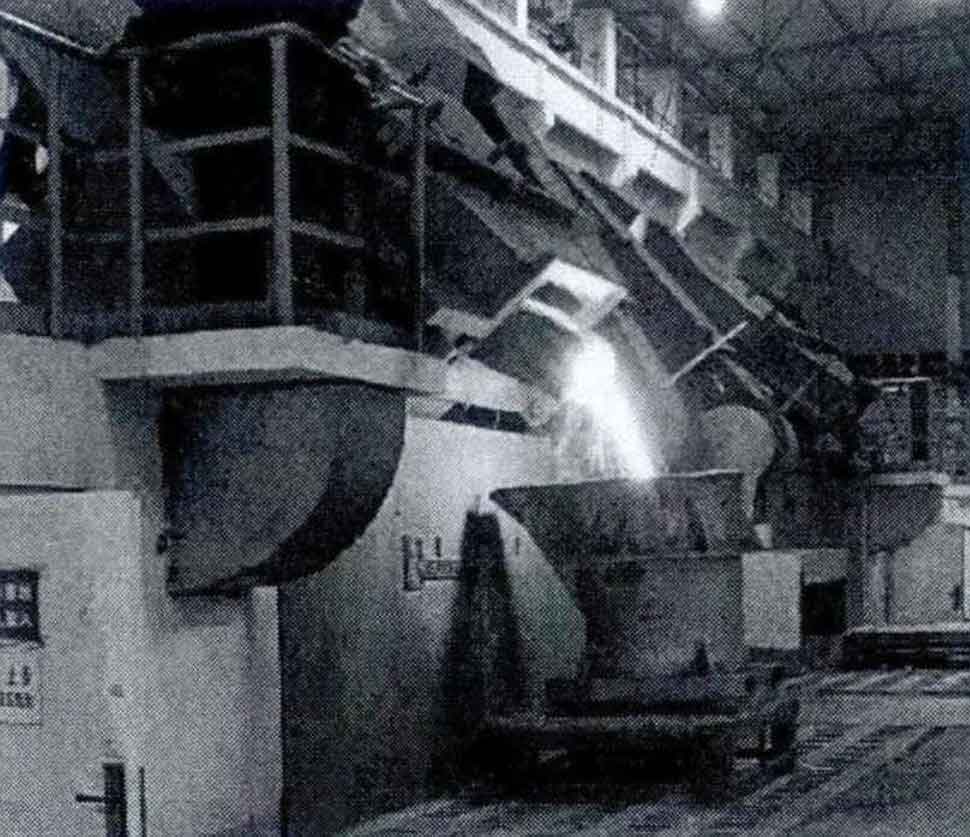Grey cast iron is one of the most popular forms of cast iron, primarily known for its excellent castability and machinability. In the field of engineering, it offers several advantages but also comes with its set of limitations.

Advantages of Grey Cast Iron
1. Exceptional Castability: Grey cast iron exhibits outstanding fluidity when melted, allowing it to be easily cast into intricate and complex shapes. This excellent castability makes it particularly suitable for parts with complex geometries.
2. Excellent Machinability: Grey cast iron is easy to machine compared to other types of cast iron. This characteristic is attributed to the presence of graphite flakes within its microstructure, which act as a lubricant, reducing cutting forces and tool wear.
3. High Damping Capacity: One of the distinguishing properties of grey cast iron is its ability to absorb vibrations, making it a preferred material in applications that require high damping capacity such as engine blocks and machine tool bases.
4. Good Wear Resistance: Grey cast iron offers good resistance against wear, making it suitable for components that are subject to sliding wear, such as gears and pulleys.
5. Cost-Effective: Grey cast iron is relatively cheaper than other cast metals, making it a cost-effective choice for large scale production.
Limitations of Grey Cast Iron
While grey cast iron has many benefits, it’s essential to acknowledge its limitations, which can restrict its application in certain scenarios.
1. Limited Tensile Strength: Grey cast iron has high compressive strength but lacks in tensile strength. This characteristic makes it prone to brittle fractures when subjected to tensile stresses.
2. Poor Ductility: The presence of graphite flakes in grey cast iron gives it its advantageous properties, but it also makes the material less ductile. This means it has limited ability to deform under stress without breaking.
3. Difficulty in Welding: Grey cast iron is considered difficult to weld due to its high carbon content and graphite flakes, which can lead to cracks in the material during the cooling process post welding.
4. Corrosion Resistance: Although grey cast iron performs fairly well in terms of oxidation resistance, it may still be prone to rust if not properly treated or protected in corrosive environments.
In conclusion, grey cast iron is a versatile material with several beneficial properties that make it a popular choice in the field of engineering. However, understanding its limitations is crucial when deciding if it’s the right material for a specific application. Choosing the right material always depends on the particular requirements of the application and the performance characteristics required from the material.
